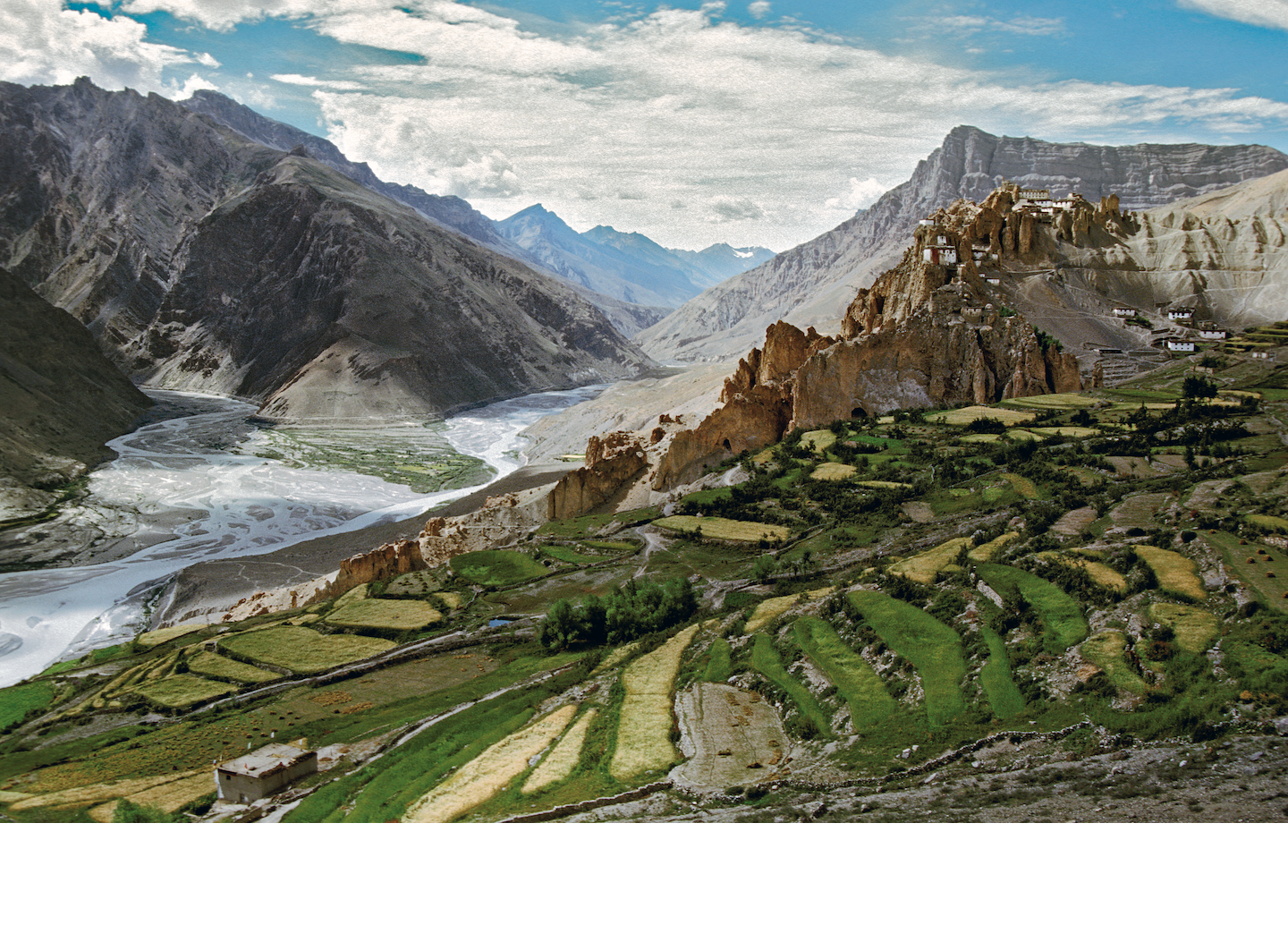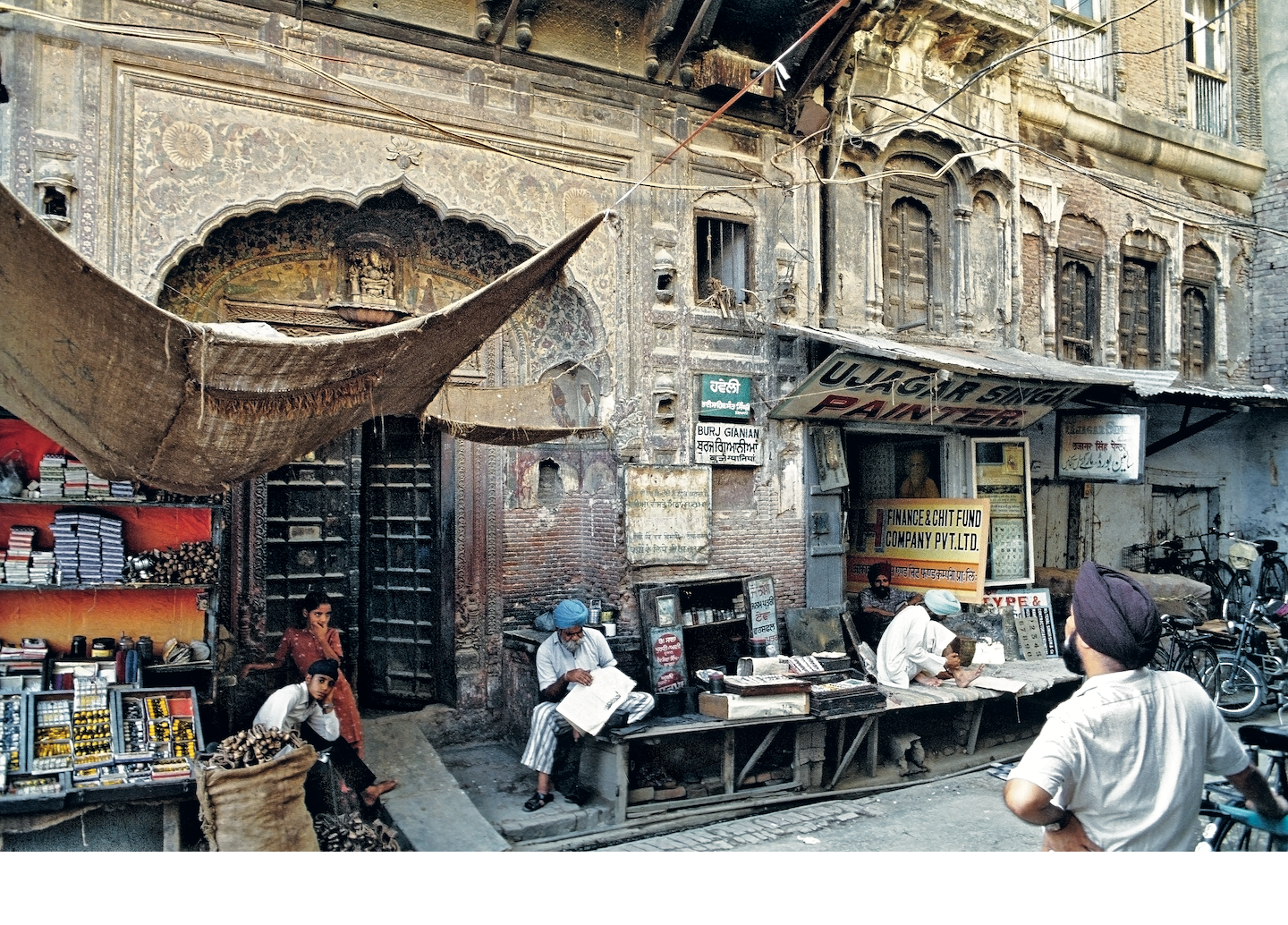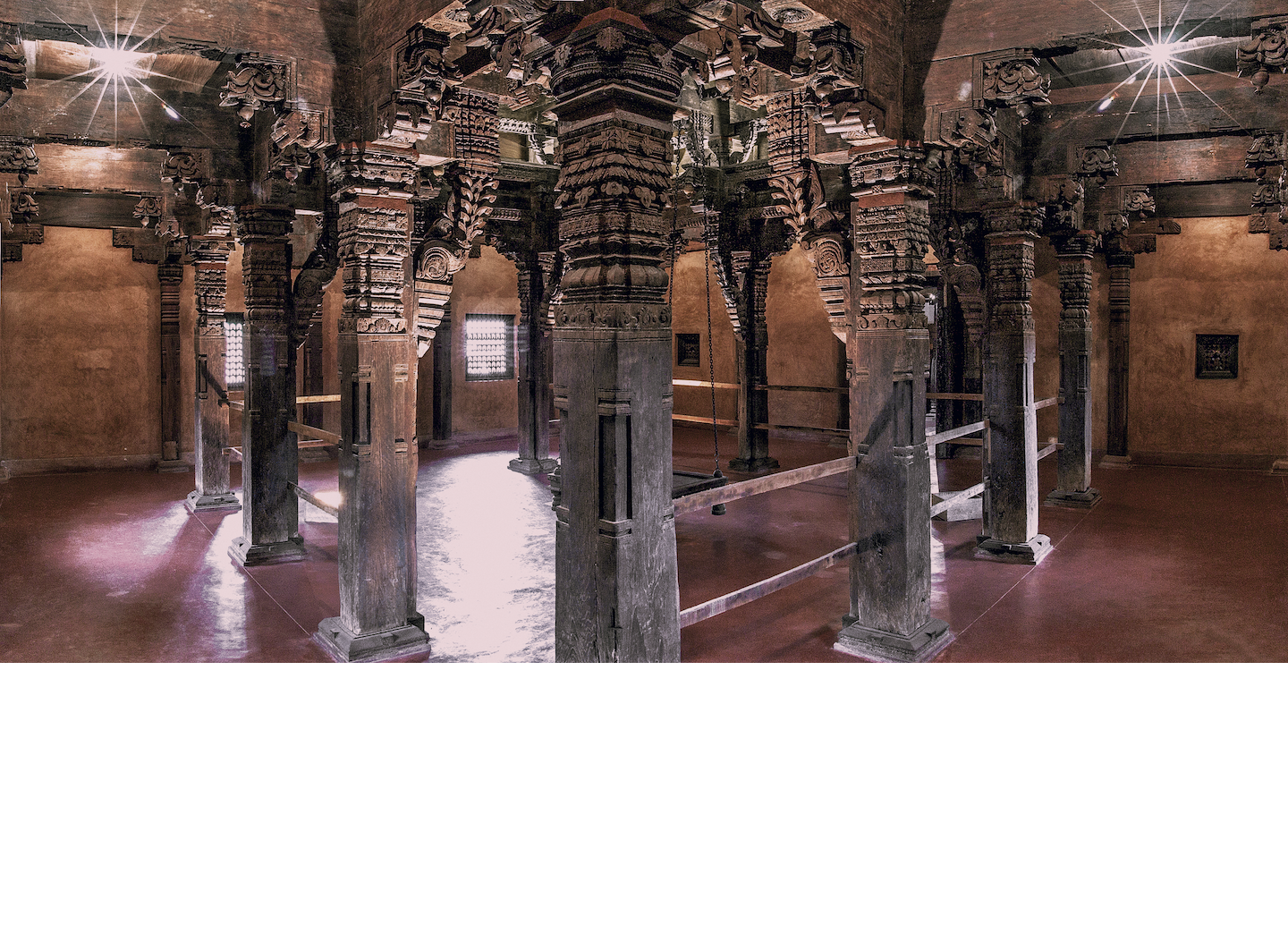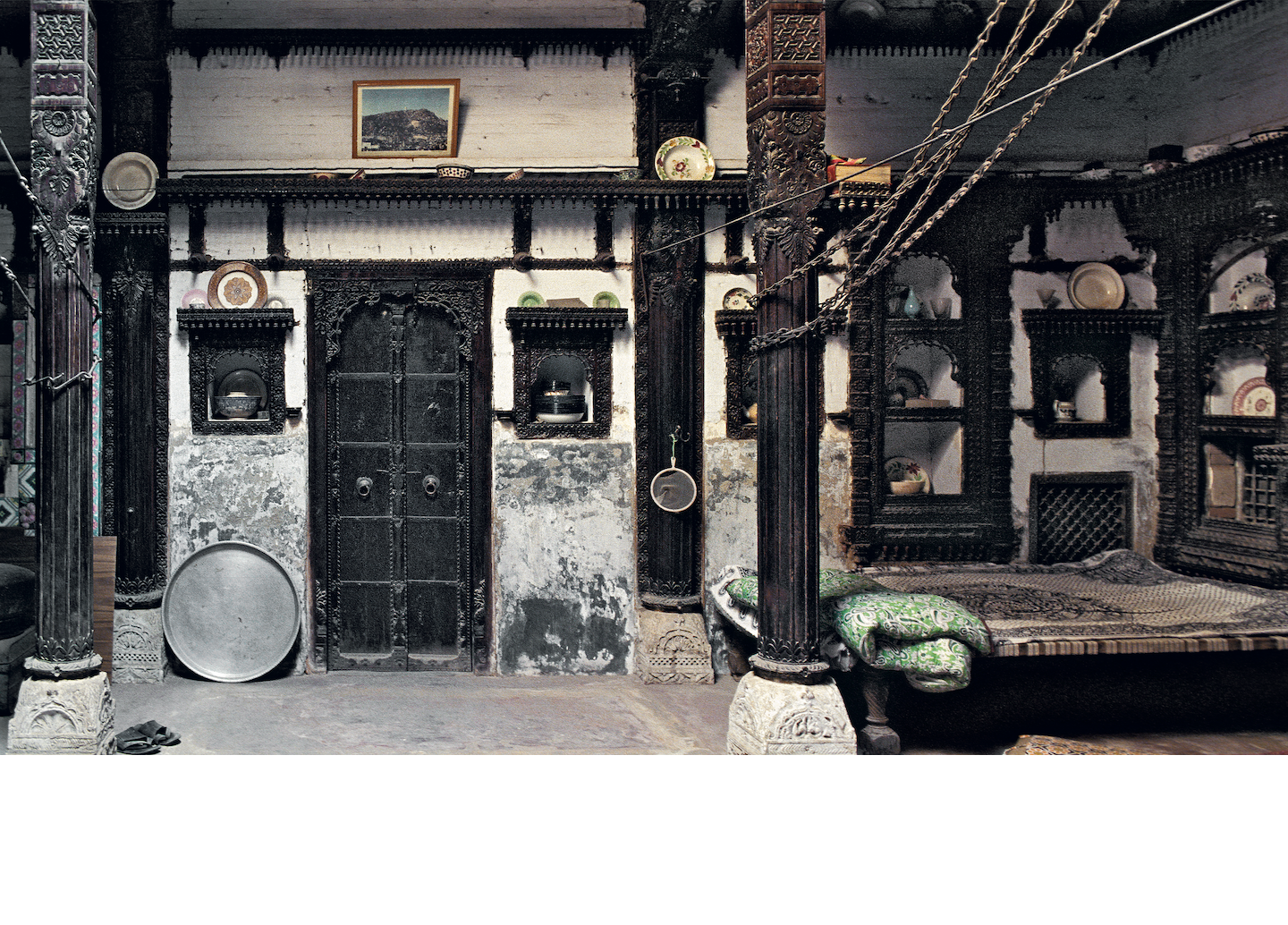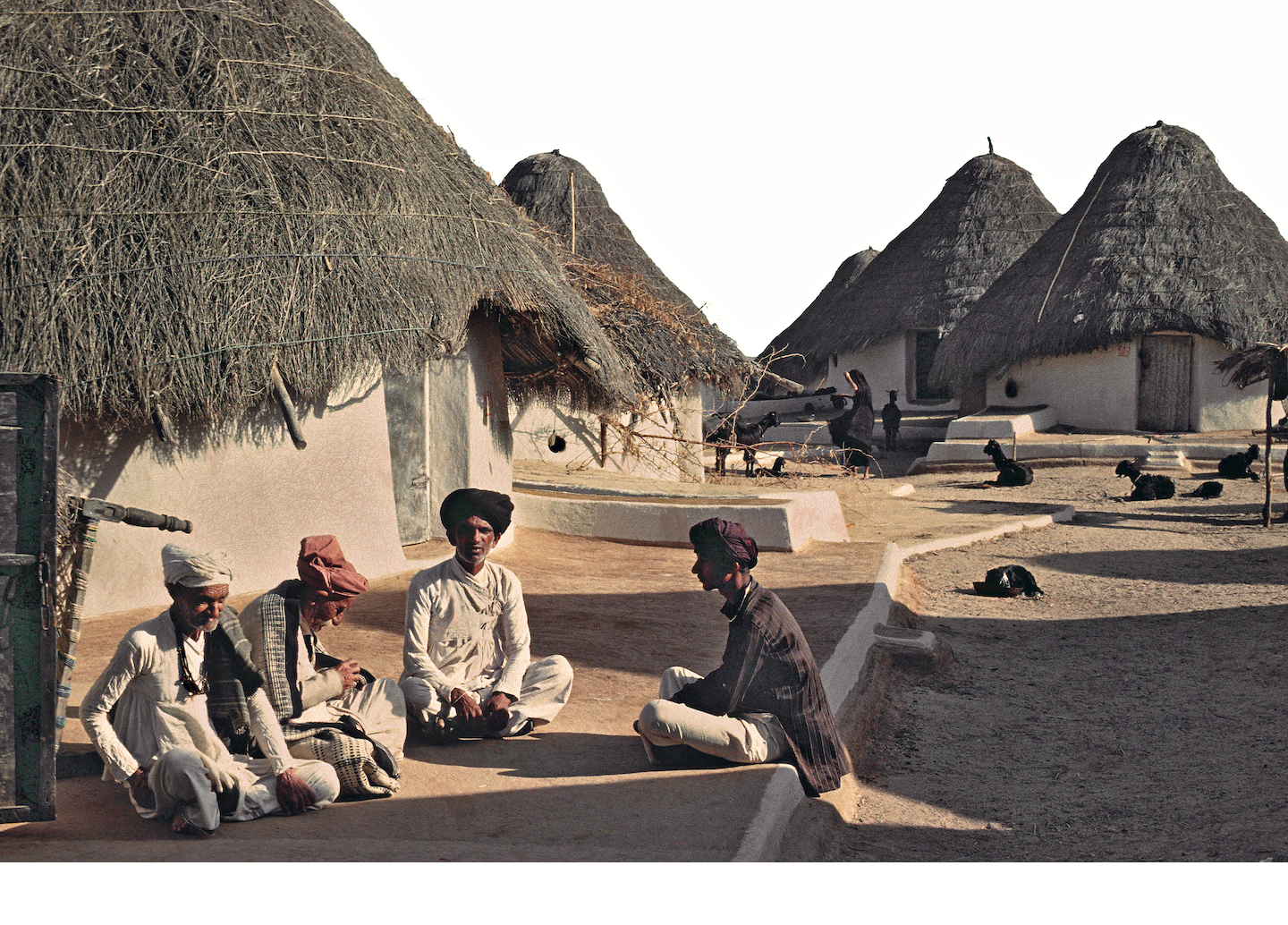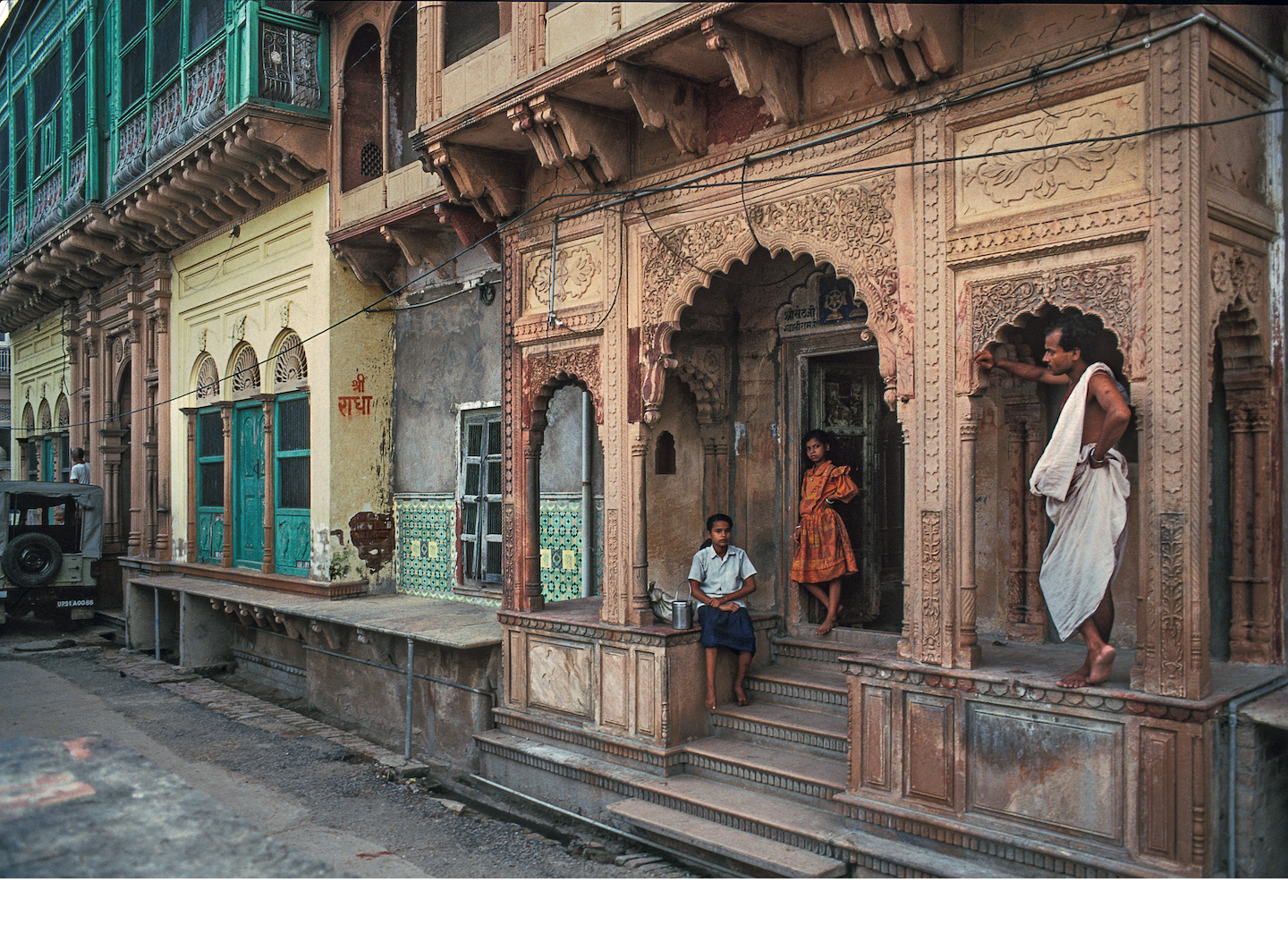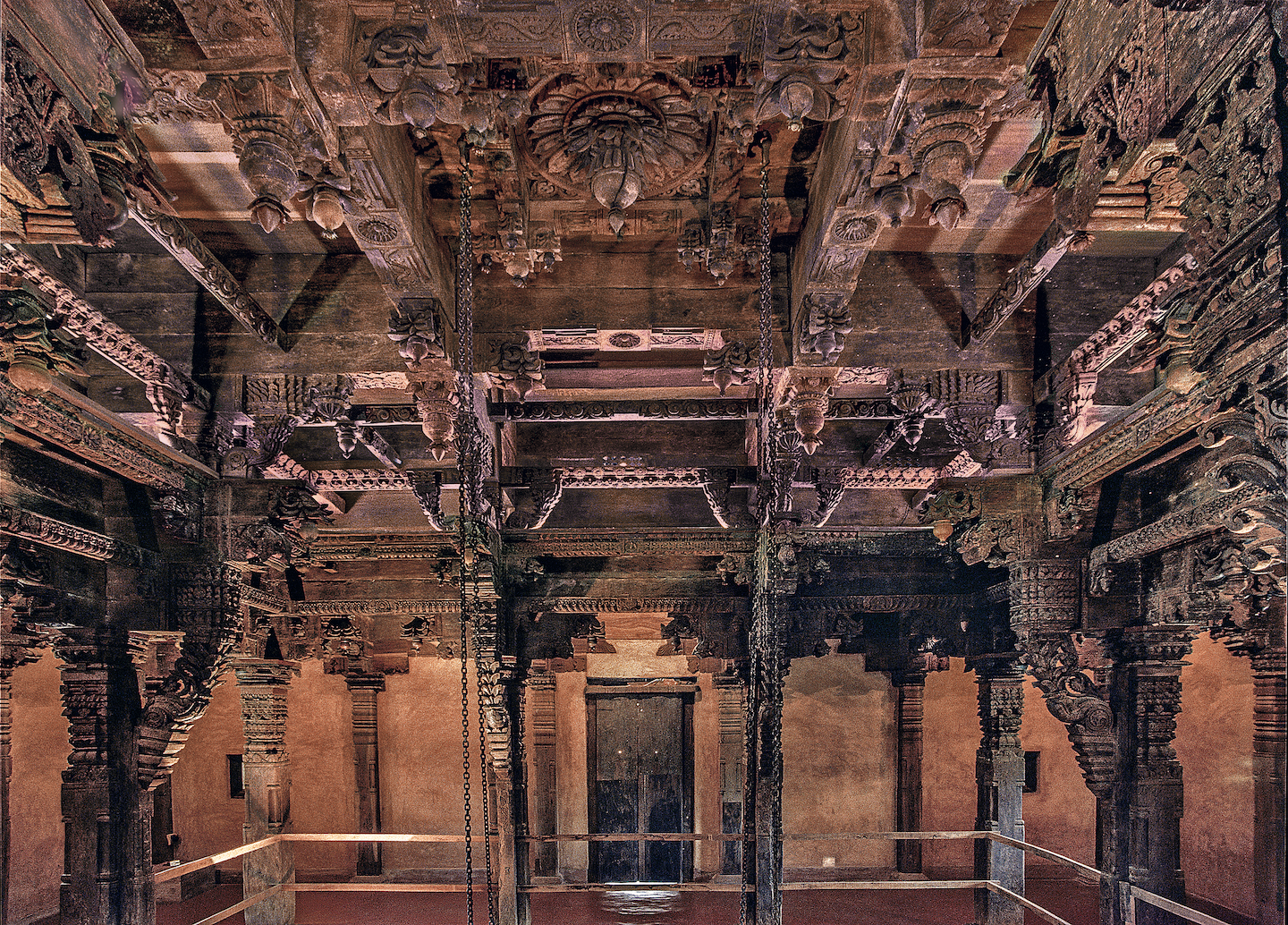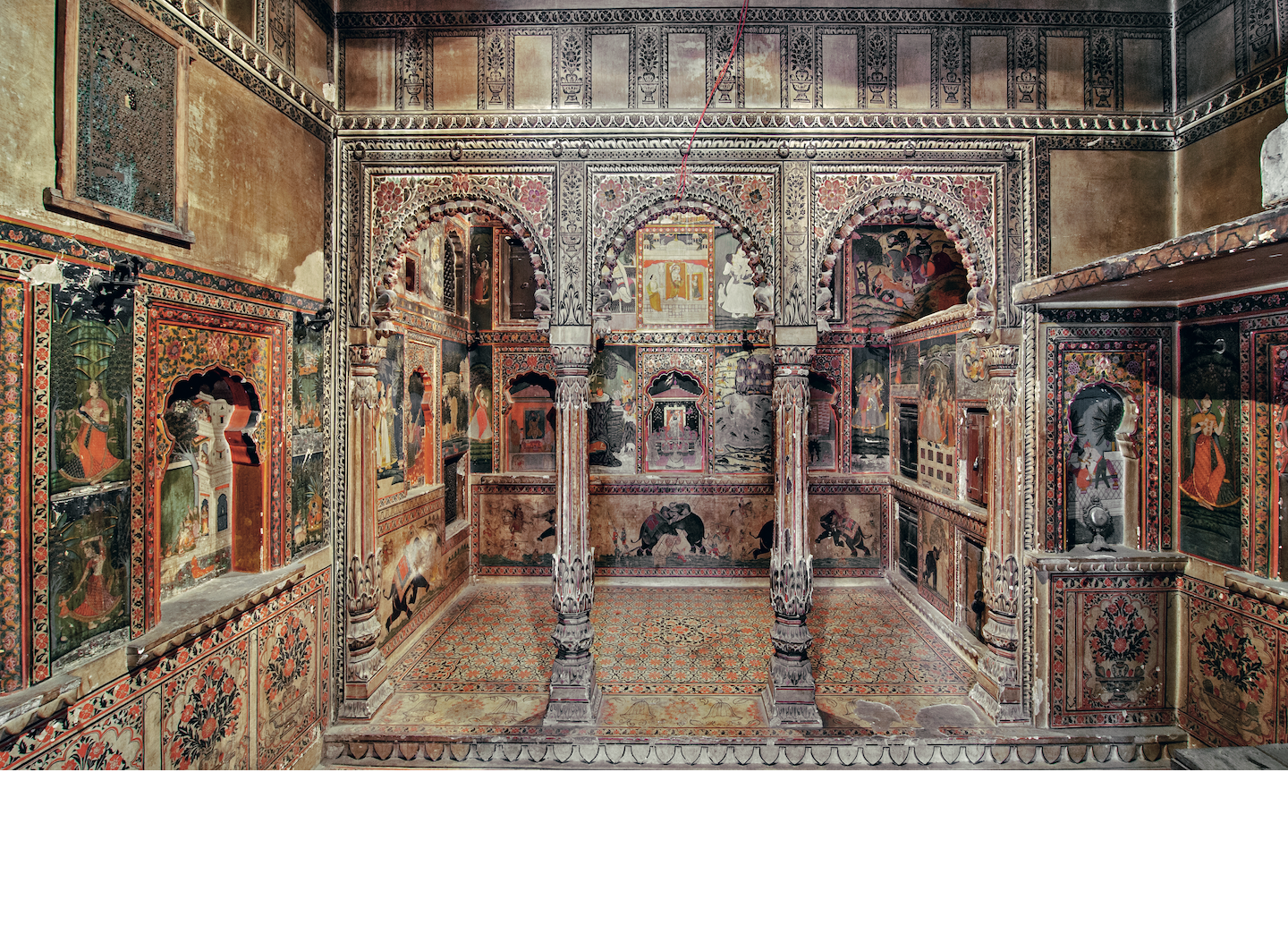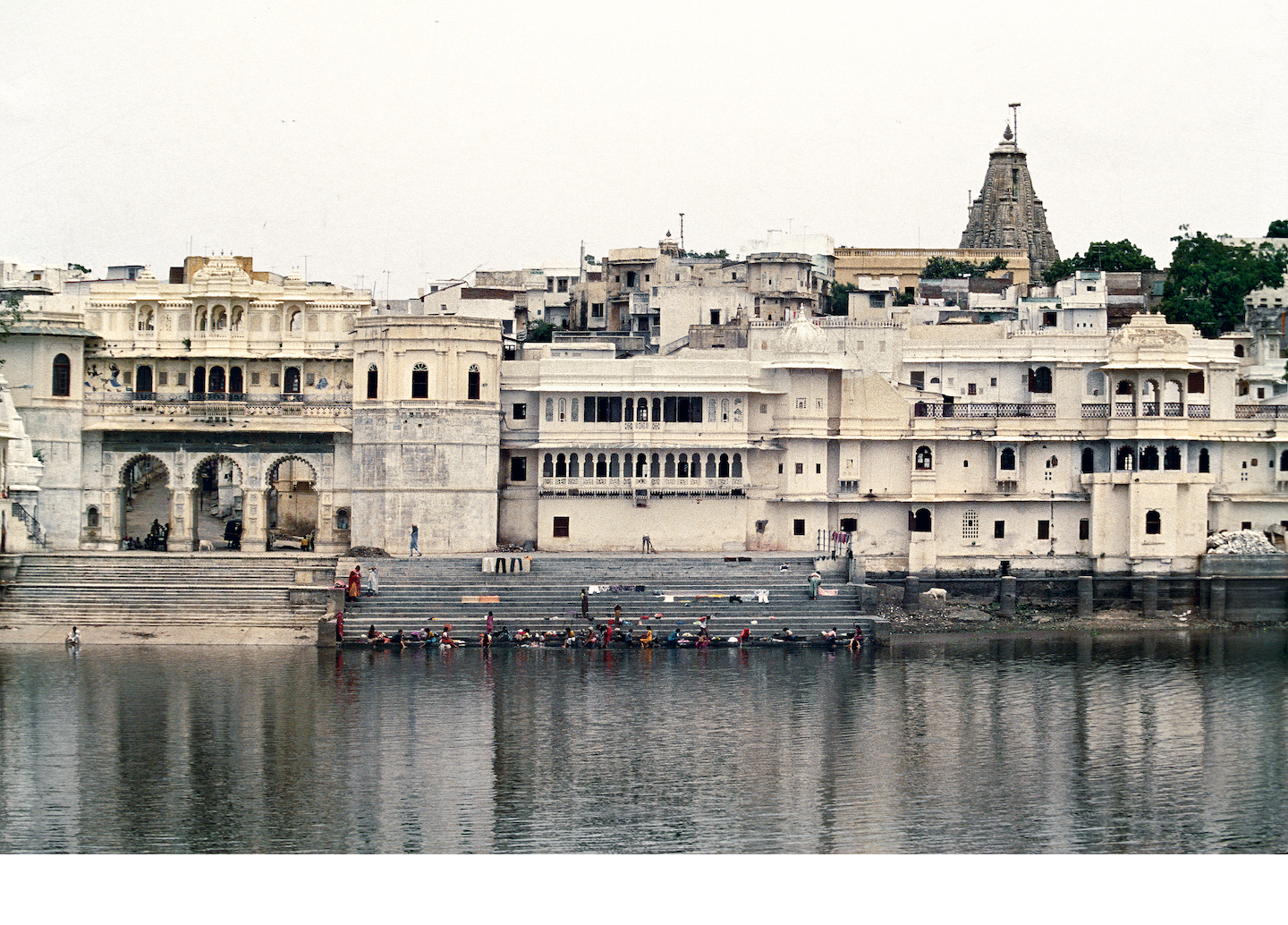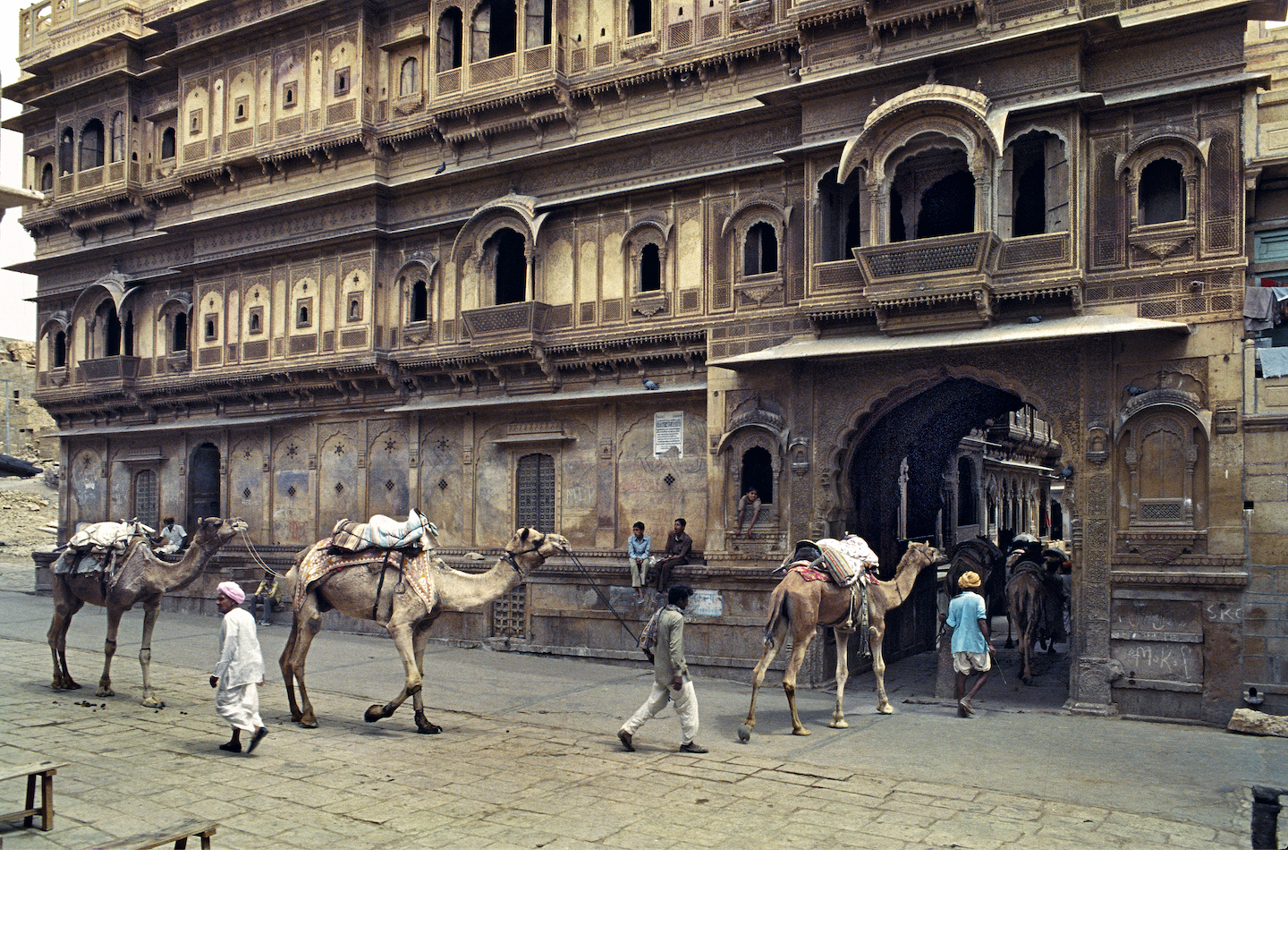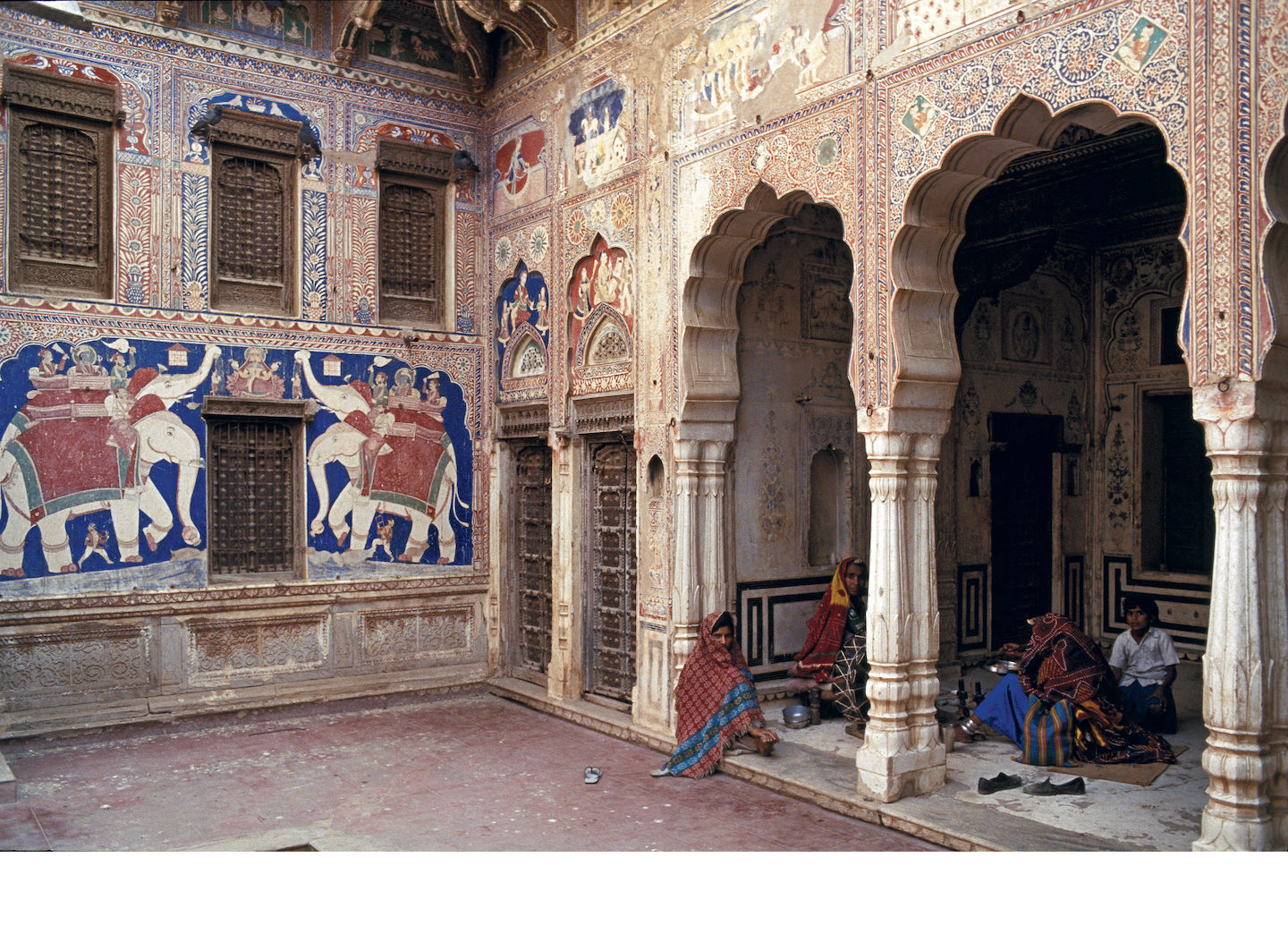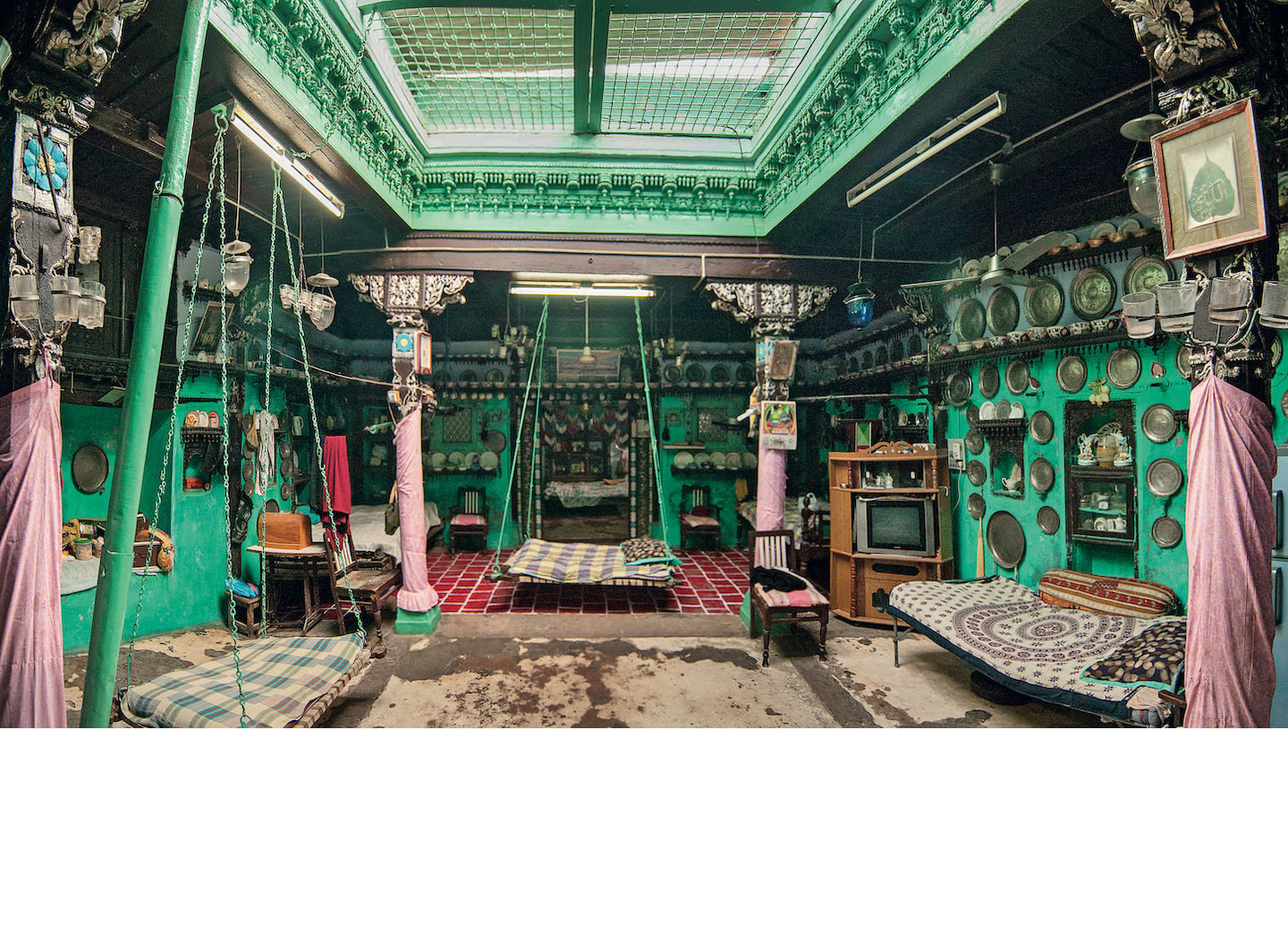Vernacular Architecture of India
Traditional Residential Styles and Spaces
— Tejinder S. Randhawa
Covers a vast range of traditional residential architecture of India, illustrated with nearly 1600 full-colored illustrations covering the great building and craft skills of India with their overall views, details, construction techniques and surface decorations.
Records and evaluates the best examples of the indigenous architecture of India that are relevant even today and provides detailed reference material on vernacular residential structures in all parts of India.

544 pages, nearly 1600 high-resolution color photographs including double-page spreads covering all regions and supporting research (click to read excerpts) on different aspects of traditional architecture of India
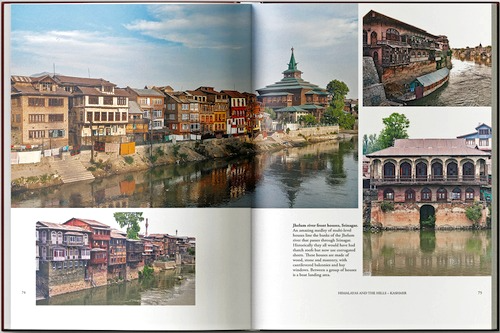
Specs: 544 Pages, (l × b × h) 28.5cm. × 22.5cm. × 3.5cm. Wt: 2.7Kg
Book Price ₹ (INR) 4,500
Our Price Per Copy ₹ (INR) 4,000
Want more copies? See our special prices.
| Copies | Special Price Per Copy |
| 3 or 4 | ₹ 3,800 |
| 5 to 8 | ₹ 3,600 |
| 9 or more | ₹ 3,400 |
Packing and Shipping Per Copy:
within
India ₹ (INR) 250;
International
₹ (INR) 3,500
What Reviewers Say…
…a monumental undertaking with in-depth analysis and over 1,600 excellent photos by the author on “traditional residential styles and spaces” adapted to different climates, regions, materials and historic influences.
— Andre Aranha Correa do Lago
(former Brazilian Ambassador to India and jury member, Pritzker Prize for Architecture)
…incredible resource for architects, art and architectural historians and enthusiasts. Until I received the book, it was unimaginable that any single book could include the diverse vernacular architecture styles of a large country like India… that this book is a product of several decades of painstaking documentation also means that many of these buildings no longer exist. It is a must have for every architect and architecture school and for anyone interested in Indian Heritage.
— Ratish Nanda
(noted Conservation Architect and Director, Aga Khan Trust for Culture)
…The book has broken new ground in the subject covering the length and breadth of India geographically. The book within its 546 pages of splendidly reproduced images accompanied by sparing yet pithy text will be a delight for the lay reader as well as the professional. A first of its kind, this book is a collector’s item that challenges much of the modernist aspirations of those who produce and inhabit contemporary architecture.
— K.T. Ravindran, India Today March 15, 2024 read full article here
… It opens vistas into the nomadic life of the different tribes and caravans of people living in these border areas and pouring themselves into the fabric of their homelands with a dexterity and vitality that resonate with enduring passion. It underlines why architecture in India has been called a living art
— Geeta Doctor, Frontline, Oct 01, 2024 read full review here
Regions
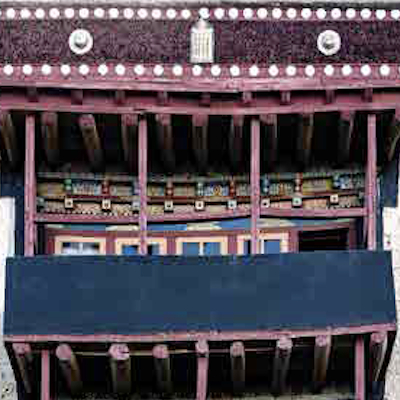
Himalayas and the Hills
Covers Kashmir, Ladakh (including Zanskar), Himachal Pradesh, Uttarakhand and Sikkim
An amazing variety of vernacular architecture exists in the northern Himalayas and further eastwards – from Islamic elements of Kashmir to Buddhist Zanskar and Ladakh.
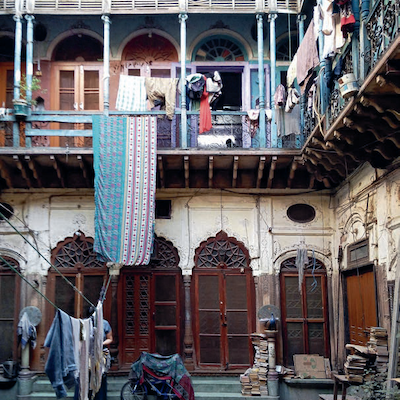
Northern Indian Plains
Covers Punjab, Haryana, Uttar Pradesh and the Union Territory of Delhi
In this northern belt one finds some remarkably traditional houses with regional variations. Those in Lucknow have the symbol of Oudh and a pair of fish on the entrance door.
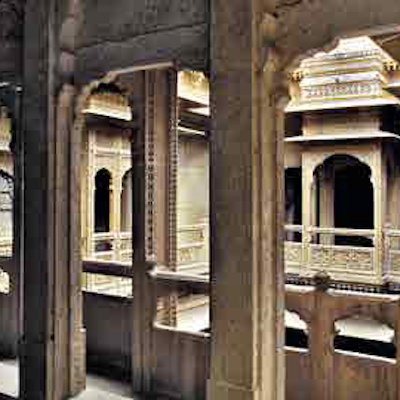
West and Central India
Covers Rajasthan, Gujarat, Maharashtra and Madhya Pradesh
Rajasthan has the greatest diversity in vernacular residence styles, which are constructed mainly in stone. Jaisalmer has exquisite stone havelis inside the fort as well as outside it.
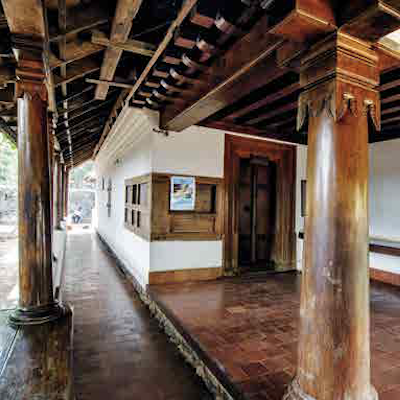
Southern India
Covers Kerala, Tamil Nadu, Karnataka, (erstwhile) Andhra Pradesh, Goa and Puducherry
South India has a rich history of vernacular architecture, comprised as it is of the historical civilizations in the states of Tamil Nadu, Kerala, Karnataka and erstwhile Andhra Pradesh.
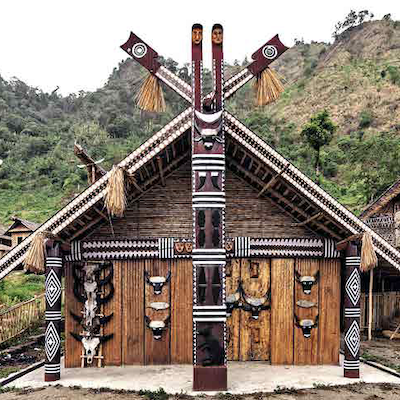
Eastern and North-East India
Covers Odisha, West Bengal, Assam, Meghalaya, Arunachal Pradesh, Manipur, Mizoram and Nagaland
West Bengal in eastern India is the land of the ubiquitous bangla hut that went on to influence mainstream Hindu and Mughal architecture all over India.
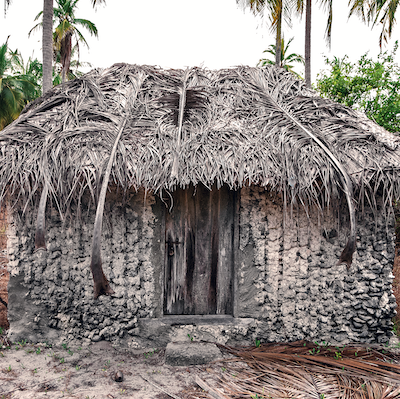
The Islands
Covers the islands of Andamans, Nicobar and Lakshadweep
The islands of Andamans, Nicobar and Lakshadweep have vernacular traditions unique to their tribal cultures and based on available building material.
Essays
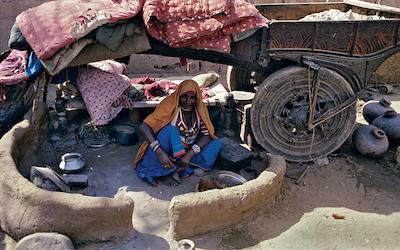
Khanabadosh or Nomad Camps
This book is on traditional residential architecture but it is interesting to explore how nomadic and itinerant tribes and castes of India organize camps for their living – a part of their interesting lifestyles and a form of temporary residence for many such people of India.
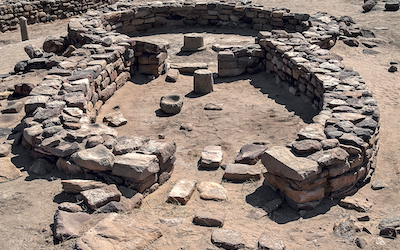
Vernacular Architecture in History and Heritage Sites
Though not much remains of residential dwellings in historical times, archaeological excavations and Indian art history give many clues about the vernacular architecture in those times.
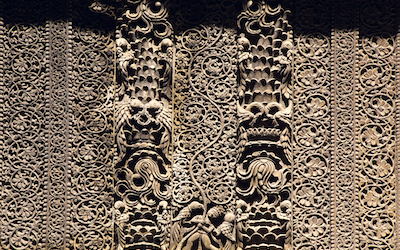
Vernacular Form, Design, Spaces and Relevance
Vernacular architecture can best be defined as indigenous architecture of a people or locale, based on social and environmental needs and preferences, and made from locally available building material with available skills.
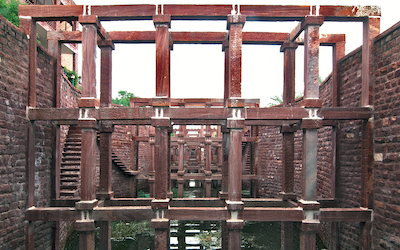
Living Traditions and the Future of Vernacular Architecture
To hope that vernacular architecture in India will stage a spectacular comeback would be quixotic. In addition to urban areas, rural towns and even large villages now have multi-storeyed concrete residences due to shortage, high price of land, and natural division of families.
